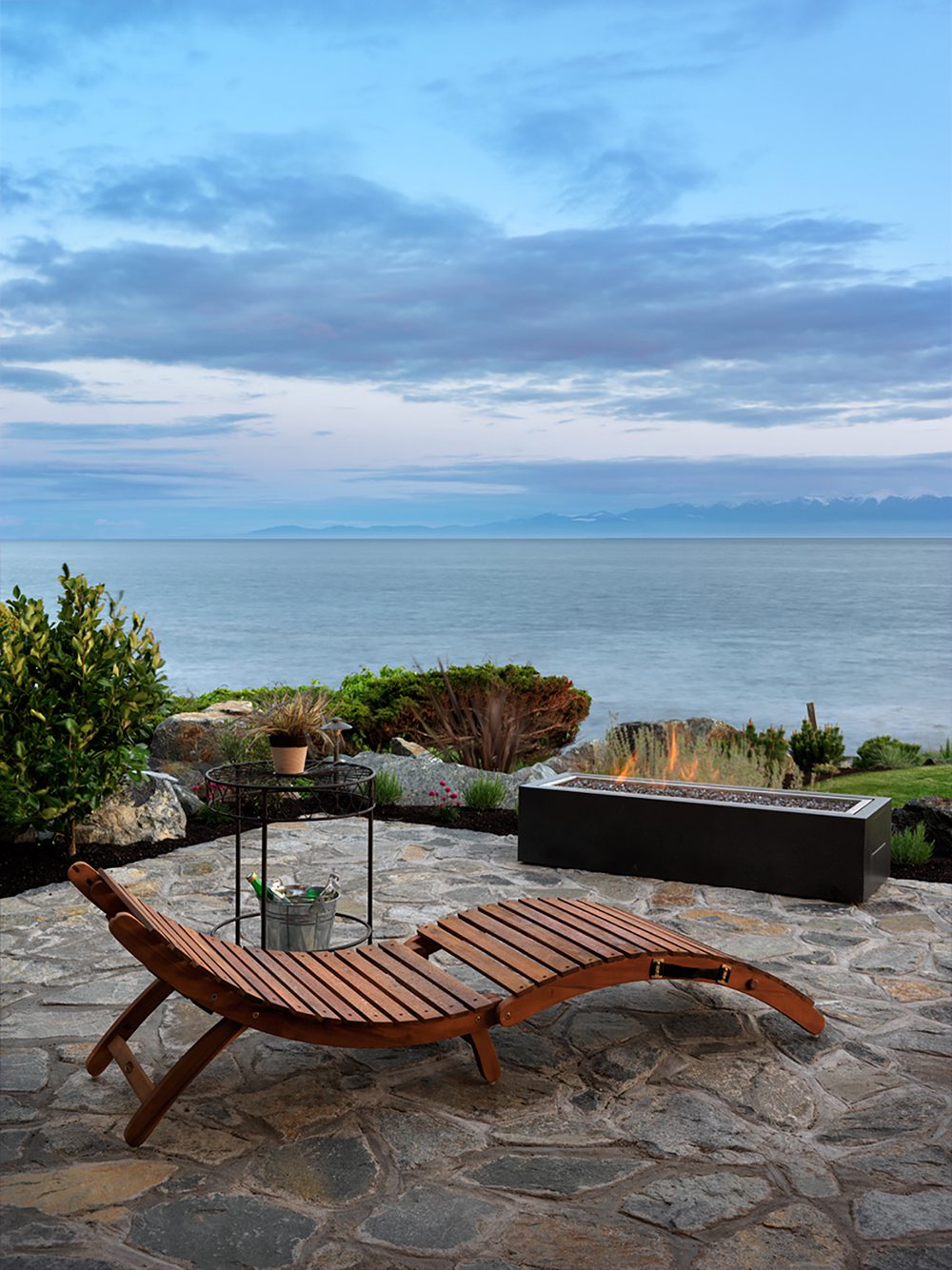Pacific Northwest Influence
Pacific Northwest Influence: Architecture Inspired by the Landscape
In British Columbia, architecture is inseparable from its surroundings. The Pacific Northwest, with its rugged coastline, dense forests, and shifting light, has long inspired a design language that feels at once modern and timeless. Here, homes are not imposed on the land—they are drawn from it.
The region’s distinctive light plays a central role. Soft, filtered by clouds or glowing off the ocean, it calls for interiors that invite brightness while maintaining warmth. Expansive windows frame ever-changing skies and treetop views, blurring the line between indoors and out. This interplay of natural light and shadow becomes part of the architecture itself.
“Modern West Coast design honors the terrain, transforming challenges into defining features.”
Texture is another signature of West Coast design. Local stone, rich wood grains, and raw finishes are layered to echo the tactile beauty of the landscape. These materials are chosen not only for their durability but for the way they age gracefully, telling a story of time and place. In luxury custom homes, such textures strike a balance—sophisticated yet organic, refined yet grounded.
The terrain, too, influences form. Stepped foundations that follow the slope of a hill, cantilevered decks that hover above rocky outcroppings, and open floor plans that orient toward the ocean reflect a sensitivity to site. Instead of resisting the land, the architecture honors it—transforming challenges into defining features.
The Pacific Northwest has shaped a design identity that is both regional and universal. Rooted in nature, it offers a kind of understated luxury—one that prioritizes connection, authenticity, and balance. In British Columbia, modern home design is not just inspired by the landscape—it is a continuation of it.


